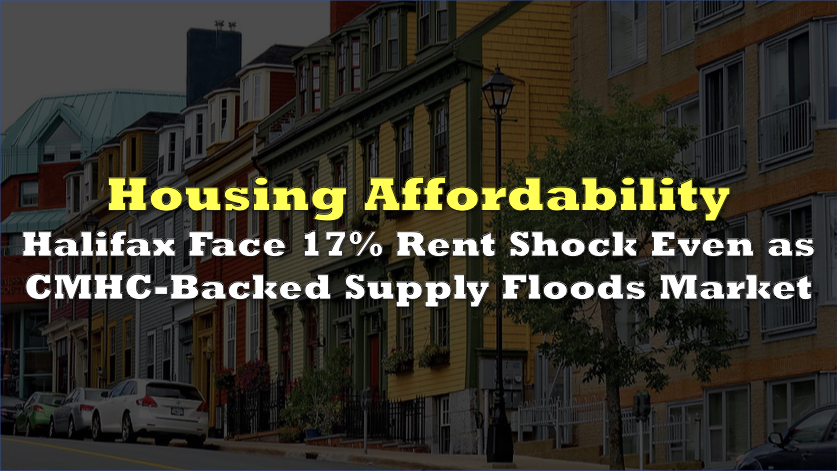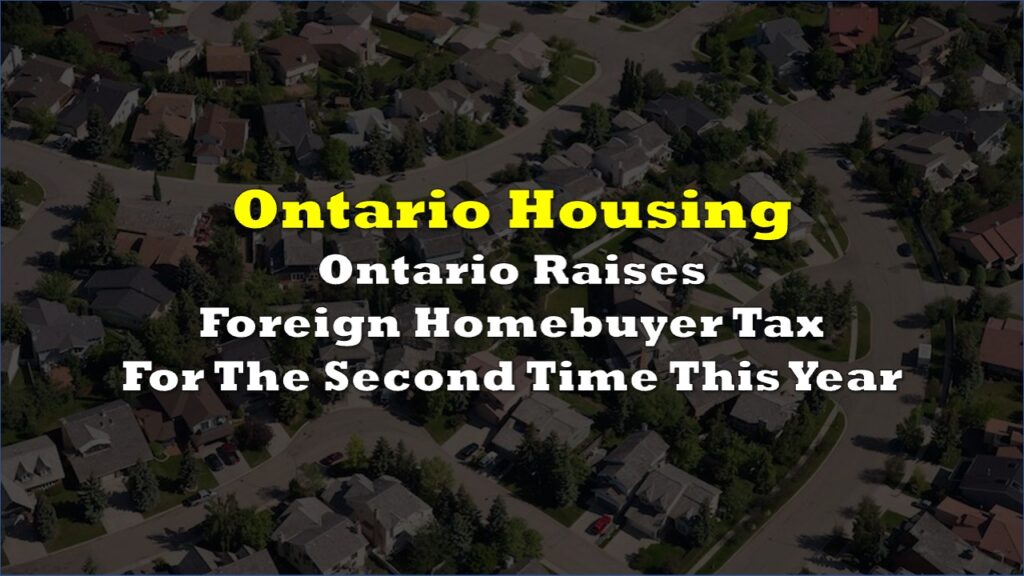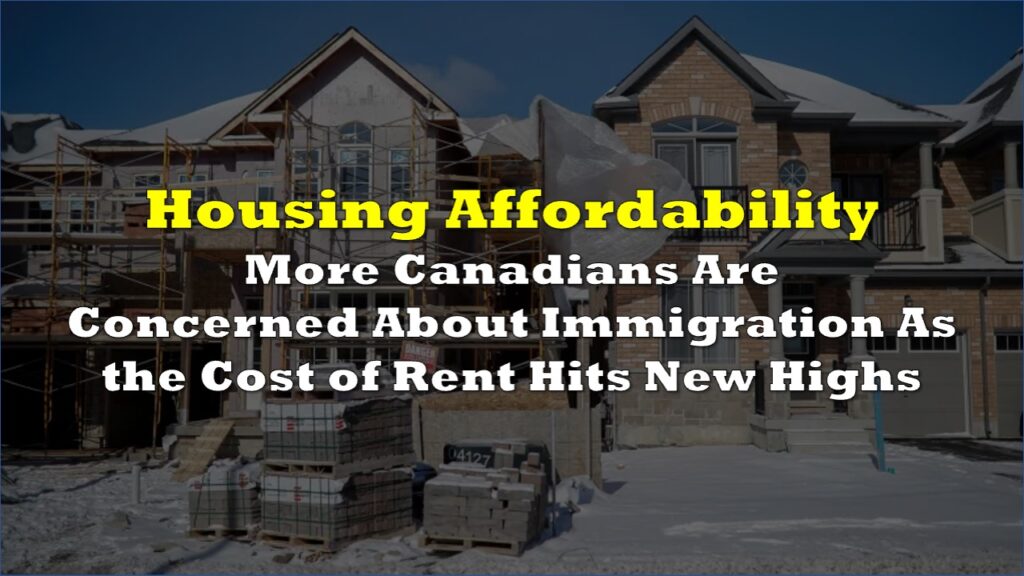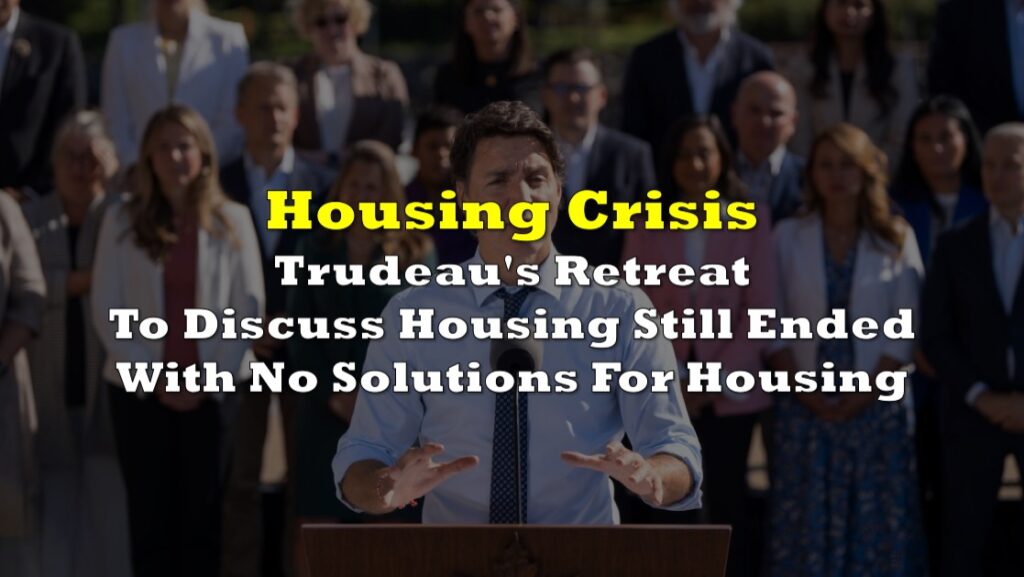A new mid-year update from Canada Mortgage and Housing Corporation shows average rents for occupied two-bedroom units in Halifax jumped 17.1% year-over-year in Q1 2025—the steepest increase among the country’s seven largest urban centres.
The surge came even as advertised rents for vacant apartments in the city fell 4.2% over the same period.
“Since October 2024, advertised rents are declining due to increased supply, while rents for occupied dwellings continue to rise,” CMHC wrote, warning that “rental affordability isn’t improving—especially in Vancouver and Toronto.”
CMHC attributes the softer asking prices to an unprecedented construction binge bankrolled by its own programs. Eighty-eight percent of the 83,561 rental-apartment starts logged in 2024 carried CMHC construction loans or multi-unit mortgage insurance, up from just 5% in 2017. Montréal recorded the sharpest one-year jump thanks to the rapid adoption of the agency’s new MLI Select product, while pricey Toronto and Vancouver continued to lean on the Apartment Construction Loan Program.
The report’s granular data show that the new inventory is benefiting only newcomers while leaving existing tenants behind: purpose-built asking rents fell 2%–8% in Calgary, Toronto, Vancouver, and Halifax but ticked up in Edmonton, Ottawa and Montréal. Condo rentals registered similar pressure, slipping 4.8% in Vancouver and 3.6% in Calgary.
Despite these headline dips, rents for occupied units still rose everywhere, led by Toronto at 10.7%, Calgary at 7.9%, and Vancouver at 7.1%.
Landlords of newer purpose-built towers are dangling one month’s free rent, moving allowances or cash signing bonuses to fill units. In contrast, owners of older buildings—especially those under rent control—continue to ratchet up rates at turnover. CMHC calculates that in 2024 the rent gap between vacant and occupied two-bedroom units hit 44 % in Toronto, by far the widest in the country.



CMHC’s rent-to-income ratios drive the point home. Using actual rents reported in Labour Force Survey, Vancouver households devoted 17.8% of pre-tax income to a two-bedroom unit in March 2025, up from 16.3% a year earlier. Toronto followed at 16.4%, while every other major market now sits near or above 13%.
The metric has climbed steadily since the pandemic, even before factoring in utilities, parking or student-loan payments.


Demographics are no longer bailing renters out as international migration has cooled sharply since Ottawa capped student visas, and youth unemployment sits above the five-year average in most CMAs.
CMHC sees vacancy rates “rising further” through 2025, but cautions that the easing may prove temporary unless wages accelerate or construction momentum persists.
“Some operators anticipate they may need to lower rents over the next couple of years,” CMHC concedes. For Halifax residents staring at a 17% hike, those years cannot come soon enough.
Information for this story was found via the sources mentioned. The author has no securities or affiliations related to the organizations discussed. Not a recommendation to buy or sell. Always do additional research and consult a professional before purchasing a security. The author holds no licenses.









